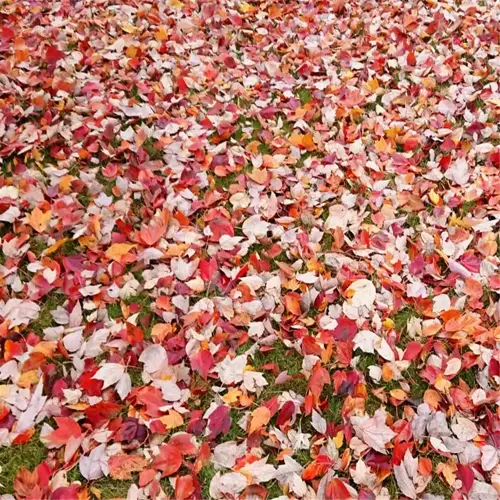Are there drought-resistant plants for humid climates?

Written by
Paul Reynolds
Reviewed by
Prof. Charles Hartman, Ph.D.Drought-resistant perennials such as Black-Eyed Susan and Beardtongue are also very capable of surviving in humid environments. The secret to their success is that they have deep roots and disease-resistant foliage, which help them survive the dry spells that often follow a damp summer. Last year, we designed a garden for a client in Florida that incorporated multiple cultivars of Coreopsis that were flourishing in the ground in 80% humidity, showing that resilience and drought resistance aren't reserved for arid or semi-arid zones.
Top Plant Picks
- Black-Eyed Susan: Tolerates zones 3-9; self-seeds aggressively in humid summers.
- Beardtongue: Tubular flowers resist rot in damp air; thrives in zones 5-8.
- Coreopsis: Golden blooms last through droughts; zones 4-9.
- Switch Grass: Ornamental grass with fungal-resistant roots for soggy-to-dry transitions.
Disease Resistance
- Airflow-focused foliage: Beardtongue's narrow leaves reduce mildew risk.
- Deep roots: Coreopsis taps groundwater, avoiding surface rot common in humidity.
- Natural oils: Black-Eyed Susan repels pests attracted to moist environments.
The process of soil preparation can help overcome moisture situations. Mixing perlite with clay soils limits the amount of water the clay holds and decreases the chances of water settling in the soil and waterlogging. For example, we had a recent client in Georgia who used Switch Grass with gravel mulch, and the mulch helped drain moisture when it rained or stormed, while also conserving enough water to survive 3 weeks of dry.
Watering wisely is important! Drought-tolerant plants can still succumb to rotting roots if planted in a climate with high humidity. Drip irrigation is the best option if your goal is to water the soil (not the leaves). A Louisiana gardener applied drip watering systemically and saw a 70% reduction of fungal infiltration with Beardtongue because of the precision watering, showing that targeting soil is superior to overhead watering.
Prune for air circulation. Black-eyed Susans should be cut back to about 6 inches after flowering to help prevent mold. Avoid heavy mulch layers; use pine straw since it will break down slower than most mulches. I saw this method implemented in one yard in North Carolina and the color was still vibrant at 90 degrees F and 75% humidity.
Read the full article: 15 Top Drought Resistant Perennials for Water-Wise Gardens

